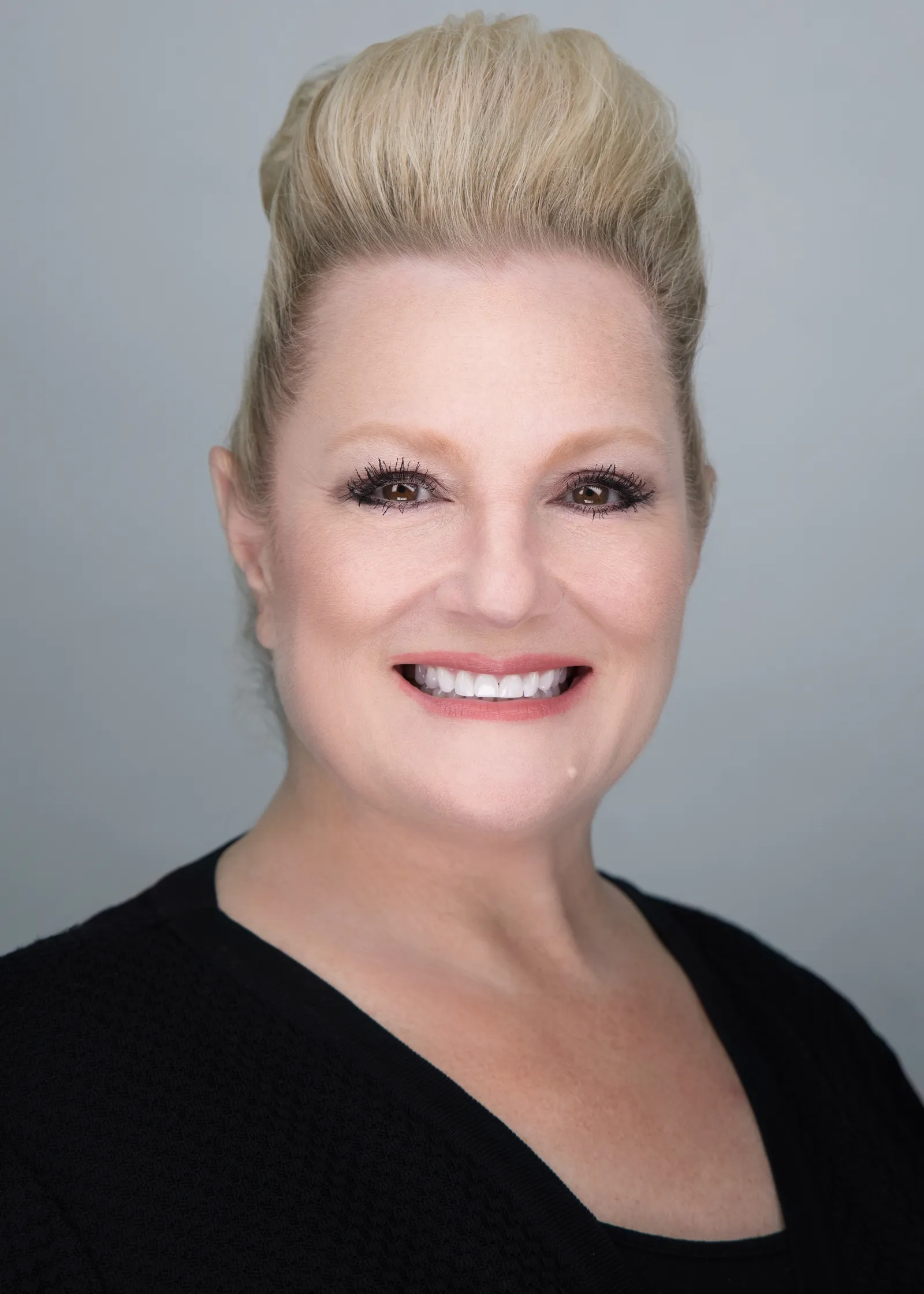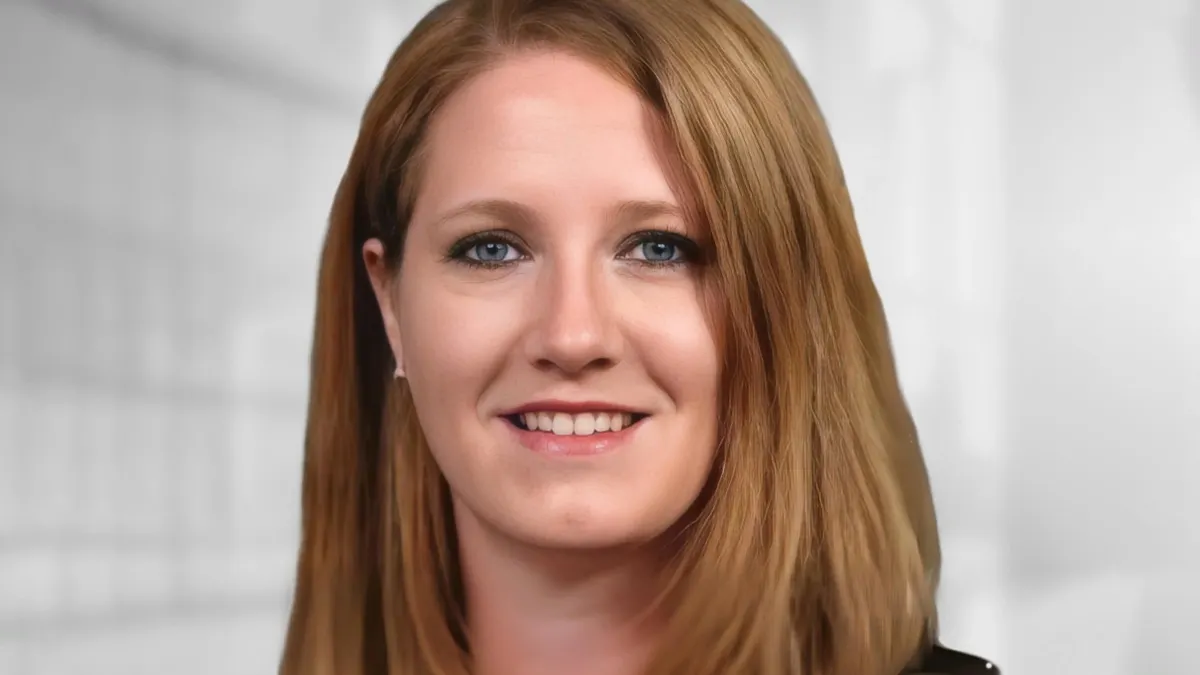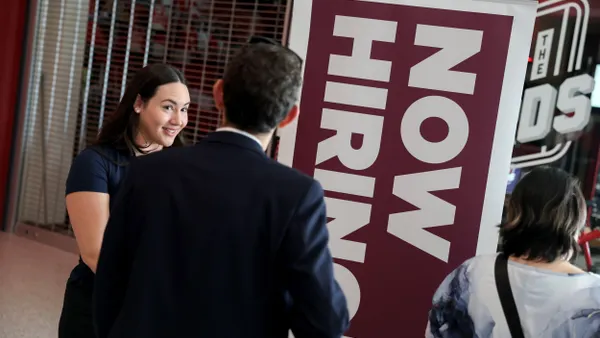A tight labor market, rising interest rates and other economic challenges have followed many companies into the new year from 2023. For finance leaders tasked with ensuring a path to growth, it’s crucial to keep one eye on profitability as well in such an environment, said Kathy Wagner, CFO of IT software provider Kaseya.
An accountant by training, Wagner started her career at Arthur Andersen, before moving to Big Four accounting firm Ernst & Young to serve as an audit manager. She then made the jump to technology company Citrix, logging a 17-year tenure in a variety of key financial and operational roles as it mushroomed from a $300 million company to an over $3.3 billion company before joining Kaseya two years ago.
Unlike many of its fellows in the technology space, the Miami, Florida-based provider of IT management and security software is still hiring, setting a 3,000-plus hiring goal over the next few years, according to a recent report by the Miami Herald.
“We're a hyper growth company at scale, which is amazing,” Wagner said in an interview. “But we also focus on profitability, so what does that mean? It means finding balance.”
Adjusting the growth strategy
With technology companies constantly jockeying to remain on the cutting-edge, many in past years employed a “growth at all costs” strategy which has become unsuitable in recent years in the face of economic turmoil.
Many companies in the technology space had “these gigantic layoffs, because, oops, we hired 1,000 too many people,” Wagner said. “How does that happen? Where was the planning? How do you get that far ahead of yourself?”

The technology industry lost approximately 261,000 jobs in 2023 as inflation, geopolitical conflict and other factors forced companies in the space to tighten their belts, according to data from Layoffs.fyi. Software provider Salesforce, for example, conducted a 10% reduction in staff at the beginning of 2023 after admitting it had hired too many employees during the pandemic boom, according to a report by Bloomberg. Other large-scale technology firms soon followed suit, with Amazon, Google and Meta all conducting layoffs over the past year.
To avoid such a scenario, achieving that coveted balance between growth and profitability — or in other words, strategizing for sustainable growth — is essential. The CFO plays a critical role in helping to create that balance; as finance chief of Kaseya, Wagner will communicate with the team that “we’re going to spend and we're going to invest in the right way,” she said. “And if it works out, we can always spend more. It's easy to spend more money, it is super hard to take money away.”
Kaseya also takes that balanced approach when it comes to hiring, Wagner said. The software provider is still hiring sales individuals and research and development talent, among other areas, with Wagner also seeking to hire accounting and finance employees, and the company has different hiring strategies depending on the position, she said.
“One of the things that we do is that we look for step up candidates ... [who] are ready to step up into the next role,” she said. “So, for example, when I'm hiring a chief accounting officer, I'm not going to hire somebody who's been a CAO for 20 years. I'm going to hire the guy who was the number two to the CAO for 20 years, and give that guy the opportunity to step up.”
Cash is still king
Another key piece Wagner is keeping an eye on as Kaseya builds its strategy for profitable growth is cash — one of the things that has drastically changed for companies over the past year is the cost of money, she pointed out, forcing companies to reconsider how they approach certain projects.
“When money was at zero percent interest and you were thinking about building out office space? Fine, let's build it out,” Wagner said by way of example. “Let's put the computers and the monitors in and have it ready to go. Now it's like, ‘Wait, those computers and monitors might be sitting there unused even for a couple of months? Well, that's cash that could be working somewhere else.’”
Starting March 2022, the Federal Reserve increased interest rates from near zero to a range between 5.25% and 5.5% in a bid to dampen inflation, the most aggressive tightening in four decades. In such a macroeconomic environment, “a lot more thought and planning” has to go into managing everything from how much inventory a company is holding to what its capital investments are and whether they’re being made at the right time, Wagner said.
When approaching a project, therefore, the company is constantly considering, “what is the cash impact of it?” she said, and whether it will increase revenue or reduce costs. This includes carefully considering where best to invest in new technologies like artificial intelligence as well as keeping a vigilant eye on key metrics like costs of goods sold, Wagner said.
“The reason why that is so key, is if we can keep our costs lower, that allows us to keep our cost to our customers lower,” Wagner said, noting that many of Kaseya’s customers are small businesses which are “very cost conscious” — and which have a gloomier outlook of their economic prospects in 2024 as compared to their larger counterparts, CFO Dive previously reported.























